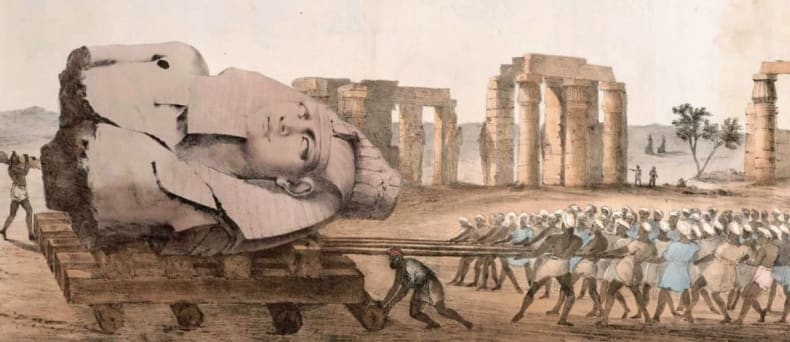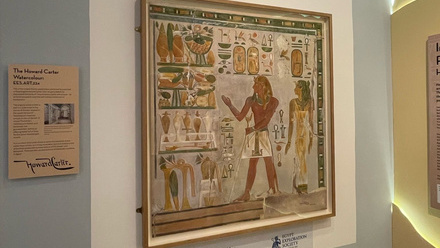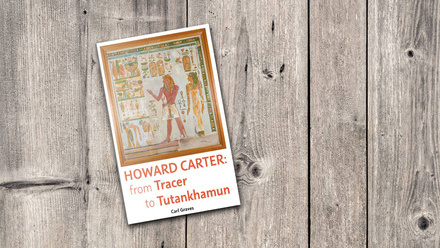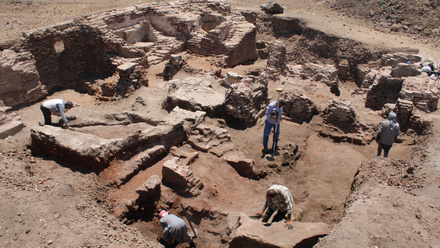Egyptology and exploration
The history of archaeology in Egypt goes back over three thousand years to when Prince Khaemwaset, son of Pharaoh Ramesses II, restored ancient monuments already over a thousand years old. However, what we know of Ancient Egypt today has been largely uncovered since the invasion of Egypt by the French under Napoleon Bonaparte in 1798 and the translation of hieroglyphs by Jean-François Champollion in 1822. Various European countries excavated in Egypt following the Napoleonic invasion when explorers and archaeologists rushed to the country and transported artefacts and monuments back to museums and private collectors in their own countries.
The Egypt Exploration Society was founded in 1882 by the Victorian writer Amelia Edwards after she visited Egypt in 1873. Amelia became a part of this growing trend in Europe, to explore ancient Egyptian monuments and to protect them for future generations.
What do you think the archaeologists wanted to protect Egyptian monuments from?
Well, Amelia wrote that the sites were at risk from several factors such as: rising numbers of tourists visiting Egypt from Europe and America, vandals scratching their names into the walls of ancient temples and tombs, looting by locals living near the sites, bad archaeological methods being employed by the explorers themselves, and increasing numbers of collectors carrying off antiquities. Do you think the risks to Egyptian heritage have changed since 1882?
Why are Egyptian artefacts in UK museums?
One of the risks to Egyptian heritage was the rapid growth in the nineteenth century of collections held by people and museums. In fact, it is one of the risks that Amelia herself mentions! However, one of the reasons we find Egyptian artefacts in museums all over the world is because of organisations like the Egypt Exploration Society itself. Sites were excavated with permission from the Egyptian antiquities service (itself run by French officials) and archaeologists were allowed to distribute a portion of their finds to institutes that supported their work. Division of the finds was done by officials in Cairo and anything of national significance was kept in Egypt while other finds were transported around the world. Since 1983 all objects discovered in Egypt are owned by the Egyptian state and are not permitted to be exported out of the country. Many of the more recent discoveries can therefore be seen in museums and facilities across Egypt.
For an in-depth study about the history of the distribution of Egyptian artefacts read: Stevenson, A. 2019. Scattered Finds: Archaeology, Egyptology, and Museums. London: UCL Press.
The history of Egypt, from its most ancient past through to the modern day, continues to fascinate archaeologists, Egyptologists, and a new generation of Young Explorers. The Young Explorers’ Club is a chance for children to understand Egyptology in its many forms today.
Download the lesson plan and activity pack from Google Drive




